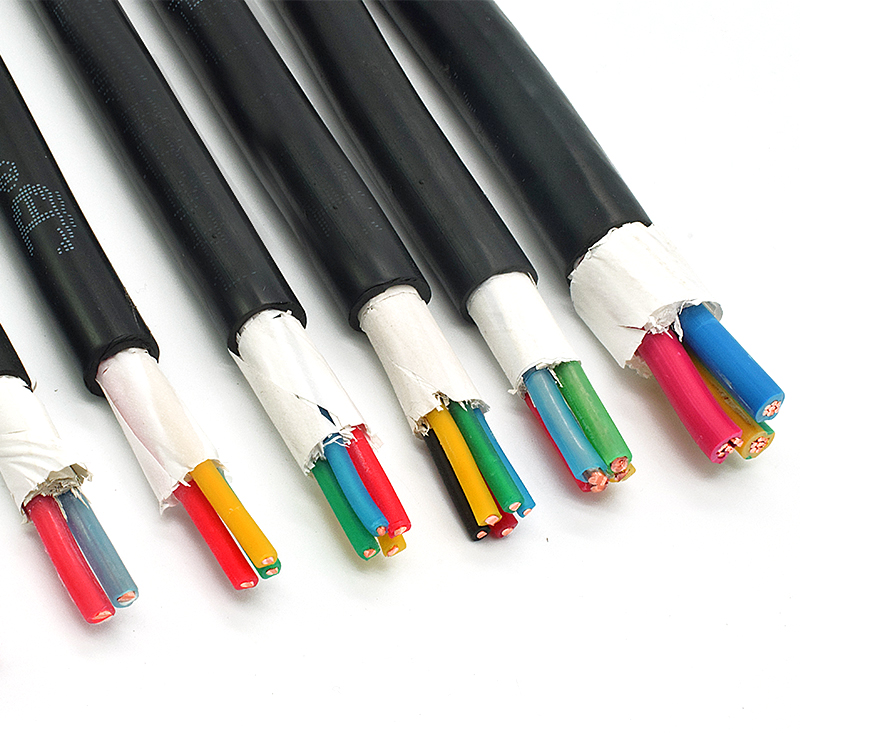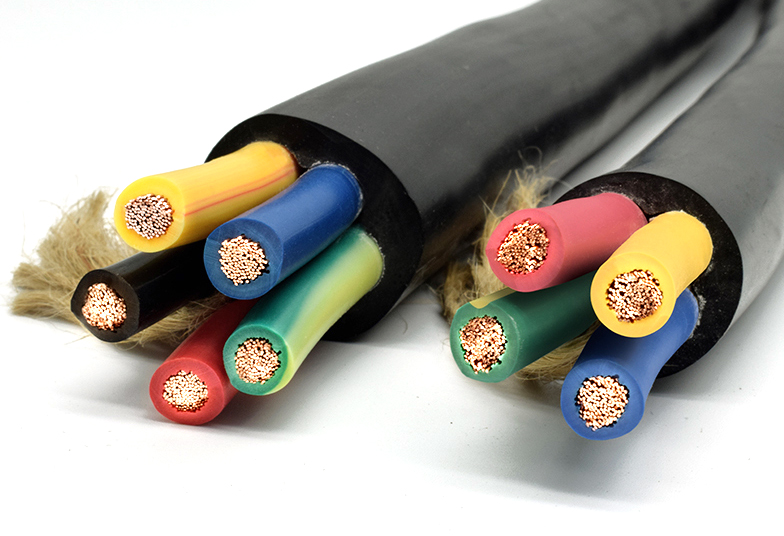1. Termite damage
Termites are the enemy of underground power cables, especially in Southeast Asia and the hot and humid areas of southern my country, where termites often erode the plastic sheath of cables. When termites encounter a cable, in addition to biting, they also secrete formic acid, which severely corrodes the cable insulation and sheath, causing the cable insulation performance to decline or even short-circuit. Therefore, in the laying regulations formulated by the cable use department, there are clear provisions on anti-termite measures for cable lines.
There are three kinds of test methods for anti-termite performance of cables, namely, the knockdown method, group hair and ant nest method specified in the national standard GB2951.38 and the machinery industry standard JB/T10696.9-2011. In the past many years, the group approach has been used the most. However, after years of experience and lessons in the prevention and control of cable ant pests, the knockdown method and the colony method test can not truly reflect the ant resistance of cables in different environments. Therefore, in the power cable bidding of Guangdong Power Grid Corporation from 2009, it is stipulated that the anti-ant cable must pass the ant nest test, and the corrosion condition of the cable sample must reach the level I.
2. Rodent injury
The damage of rodents to underground cables is mainly the mechanical damage caused by biting. When the hardness of the cable sheath material is lower than that of the mouse’s incisor, the cable is likely to be bitten by the mouse. There is no uniform cable rat-proof test standard in the world, but every country has its own test method. my country JB/T10696.10-2011 stipulates the rat bite test method. In addition, the national standard “General Rules for Anti-rodent and Ant-proof Wires and Cables” developed by Henan Huaxing Wire & Cable Co., Ltd. has already held a preparation meeting on March 19, 2016. Soon my country will have a formal anti-rodent Ant cable product standard.
3. Mold damage
As early as the late 1950s, some countries had stipulated that electrical products used in humid tropical regions should have anti-mold properties. my country has formulated relevant standards for the mildew resistance of wires and cables used in humid tropics for the wires and cables exported to these regions. In some parts of southern my country, the degree of mildew on directly buried cables varies due to the degree of dampness and heat in each year, the difference in duration, the region and the use environment of wires and cables.
According to research reports on the reproduction of microorganisms and molds, the main conditions for mold growth are temperature and humidity. The general temperature suitable for mold growth is 15°C to 35°C, and the most suitable temperature is 25°C to 30°C. When the temperature is lower than 0°C or higher than 40°C, the mold actually stops growing. The relative humidity suitable for mold growth is 80% to 90%, and when the relative humidity exceeds 95%, it is the most vigorous condition for mold growth. Therefore, when the ambient temperature is 30°C±2°C and the relative humidity is greater than 95%, it is most suitable for the proliferation of molds. The hot and humid climate of Hainan Island is just suitable for the growth of molds.
If a large number of molds grow on the surface of the cable, it will have a greater impact on the performance of the cable, which will cause: discoloration, pitting, and rot on the cable surface; decrease in insulation resistance, volume resistivity, and dielectric strength, causing leakage or even insulation breakdown; insulation Chemical degradation occurs with the sheath material molecules, the mechanical properties of the material are obviously reduced, and its protective effect is lost; moisture enters the cable, causing serious electrical performance failures.
4. The impact of lightning
When a thunderstorm occurs, if the quality of the lightning arrester used on the line is poor or the grounding protection is improper, the lightning will hit the arrester, causing the line load to suddenly increase and over-voltage, resulting in over-voltage surge in the cable, causing cable insulation damage wear. In southern my country, including areas with frequent thunderstorms on Hainan Island, lightning strikes on cable lines are not uncommon.

